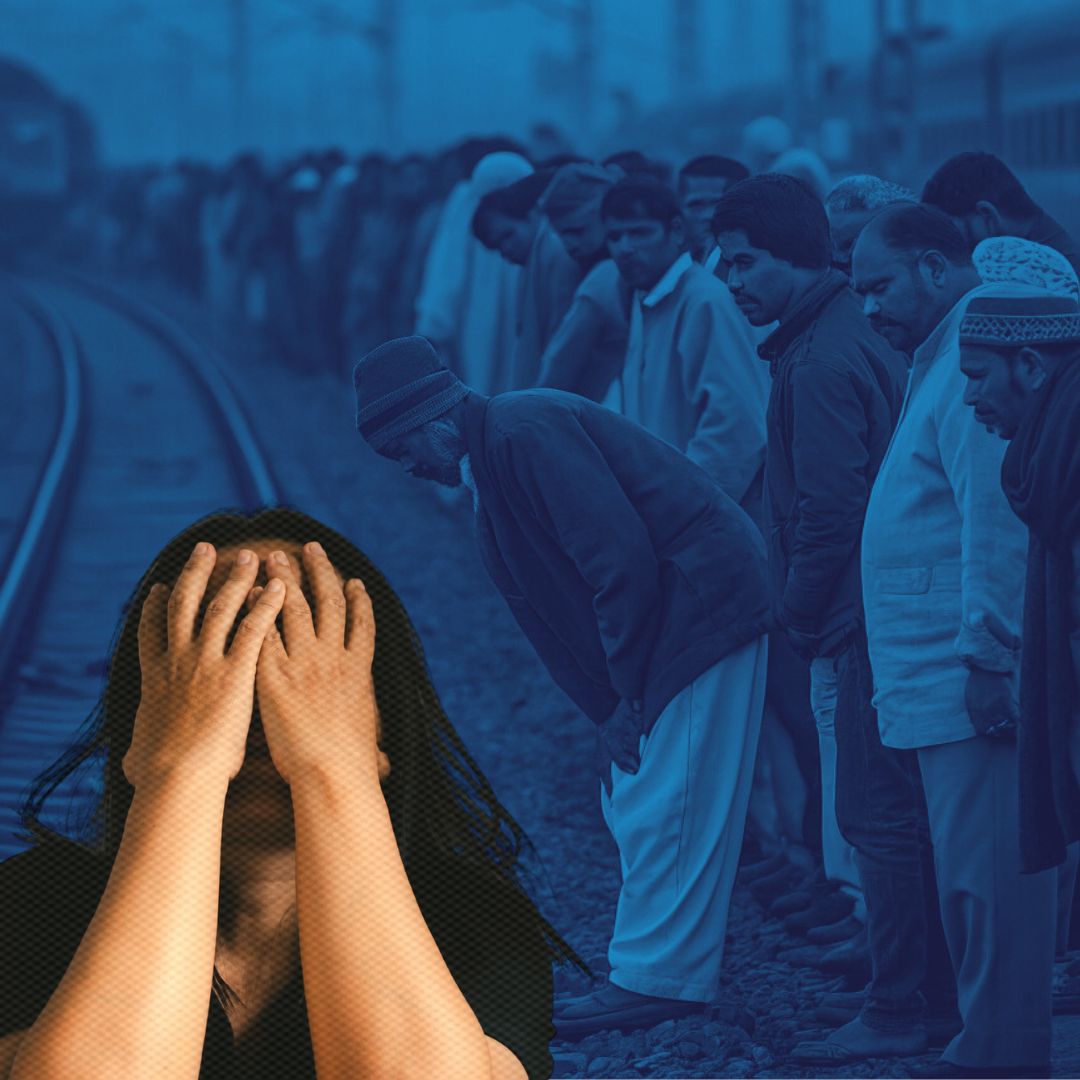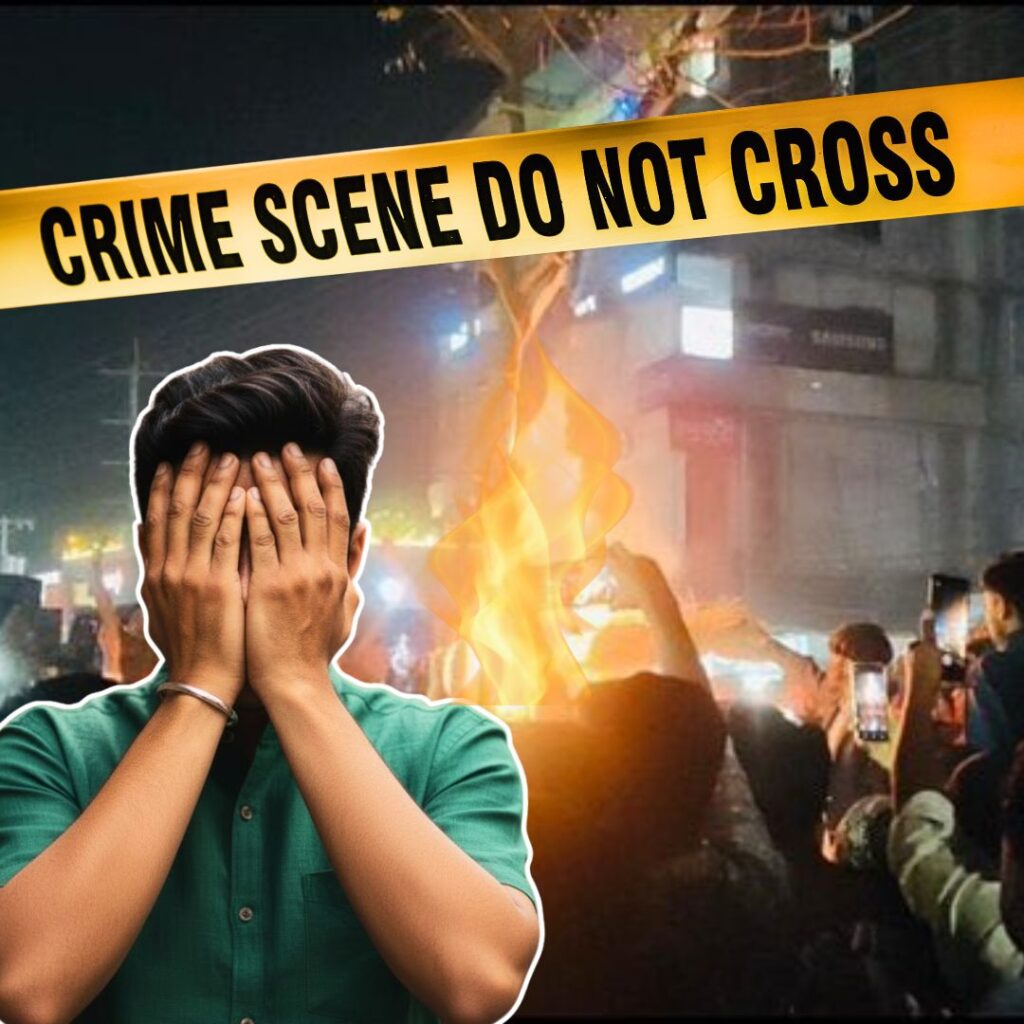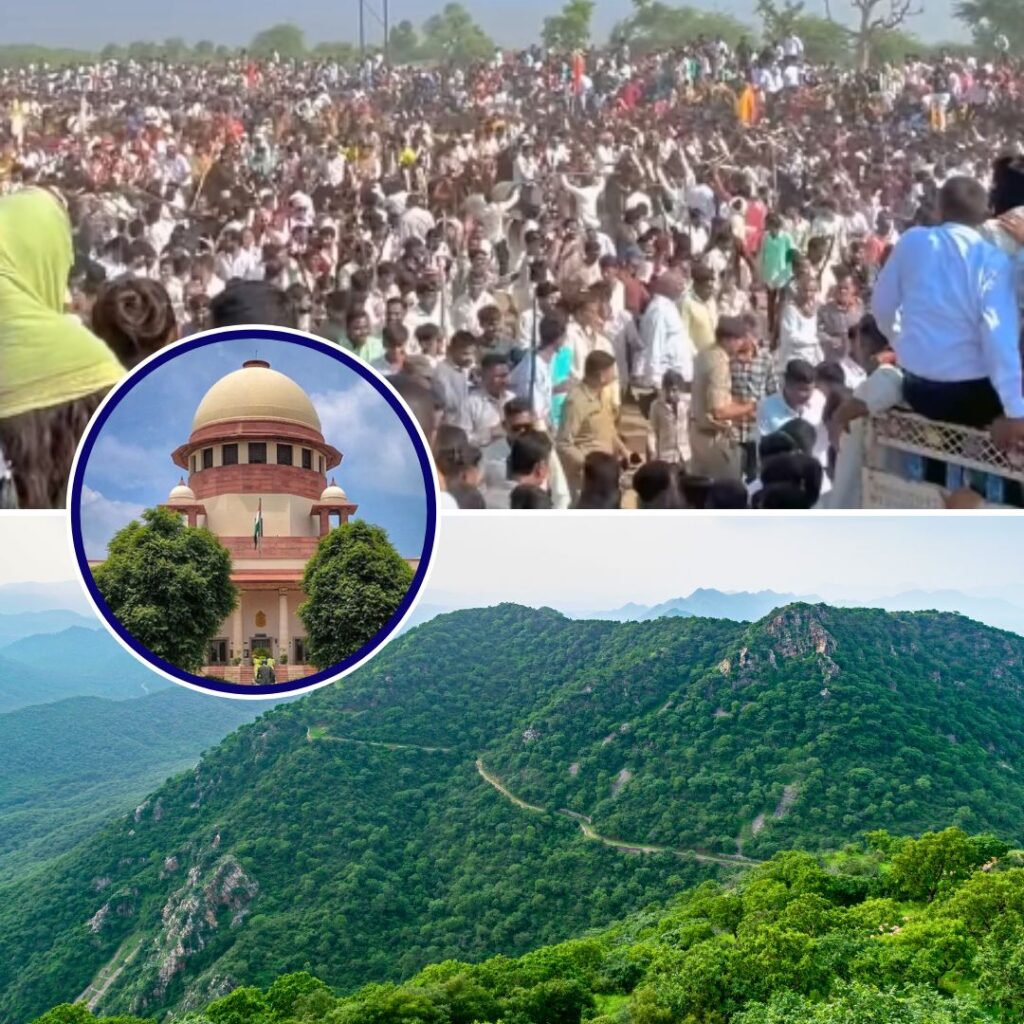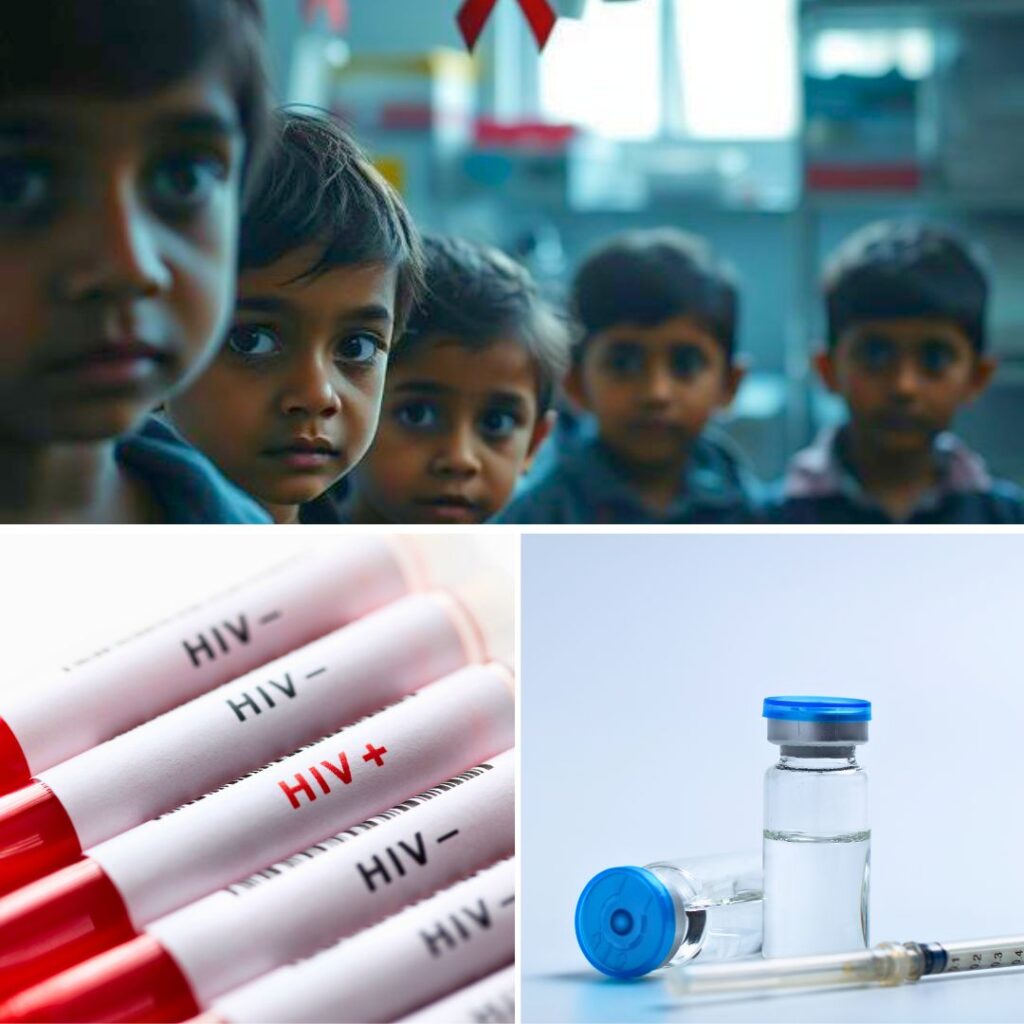A 35-year-old woman, missing since June 24 after fleeing her home in Panipat, Haryana, was allegedly gangraped by four men in an empty train coach at Panipat railway station.
Following the alleged assault, she was left disoriented and ended up on the railway tracks near Sonipat, where she was struck by a train and lost her leg.
The Haryana Police have formed a Special Investigation Team (SIT), are analysing CCTV footage, and have registered a case against unknown suspects. The survivor is currently hospitalised in Rohtak, and her testimony is central to the ongoing investigation.
A Survivor’s Ordeal: Night of Terror and Aftermath
The survivor’s harrowing account reveals the sequence of events that led to the alleged crime. After a heated argument with her husband reportedly over marital issues and the recent loss of their young child she left home in distress.
While wandering the streets late at night, a young man allegedly approached her, claiming he could help. Trusting him, she followed him to Panipat railway station, where he led her into a deserted coach. There, three other men allegedly joined him, and together they allegedly gangraped her.
The woman described the ordeal in her hospital statement: “They tried both natural and unnatural acts, but relented only when I pleaded with them.” After the alleged assault, the perpetrators allegedly abandoned her. Disoriented and traumatised, she wandered along the railway tracks towards Sonipat.
It was there, in the early hours, that she was struck by a passing train, resulting in the loss of her leg. She was found by railway staff and rushed to PGIMS Rohtak, where she is receiving treatment and psychological counselling.
Police Investigation: Evidence, Action, and Official Statements
The survivor’s husband reported her missing two days after she left home, prompting the police to register a Zero FIR at Quilla police station. The case was soon transferred to the Panipat Government Railway Police (GRP), who have since formed a Special Investigation Team (SIT) to expedite the probe.
Police teams are combing through hours of CCTV footage from Panipat station and surrounding areas, seeking to identify the suspects and reconstruct the timeline of events.
Officers are also interviewing local shopkeepers, railway staff, and possible witnesses. Panipat’s Superintendent of Police and senior GRP officials have visited the crime scene and assured the public of a thorough investigation.
GRP Inspector Rajesh commented, “The woman is traumatised and has not given a clear statement. She would be counselled.
We are treating her testimony as crucial and are hopeful of making arrests soon.” Authorities have appealed to the public for any information that could aid the investigation.
Background and Social Context: Vulnerability and Systemic Gaps
This incident highlights the intersection of domestic violence, social vulnerability, and gaps in public safety. The woman’s departure from home followed a pattern of domestic disputes, exacerbated by the trauma of losing her child.
Her isolation made her susceptible to further victimisation. Experts note that women fleeing domestic abuse often lack access to safe shelters or support networks, increasing their risk of exploitation.
The case also raises concerns about security at railway stations, especially during late hours, and the need for better surveillance and patrolling.
According to the National Crime Records Bureau (NCRB), crimes against women in India remain alarmingly high, with many cases involving repeat victimisation and inadequate institutional response.
The Logical Indian’s Perspective
This deeply disturbing case is a stark reminder of the urgent need for comprehensive reforms to protect women both in their homes and in public spaces. The survivor’s courage in recounting her ordeal is a call to action for society, law enforcement, and policymakers.
We must demand accountability, improved safety infrastructure, and robust support systems for survivors of violence. Empathy, dialogue, and collective responsibility are essential to prevent such tragedies.
How can we, as a community, foster safer environments and ensure that no woman feels alone or unprotected in times of crisis? What more should authorities and society do to support survivors and prevent such heinous acts in the future?












